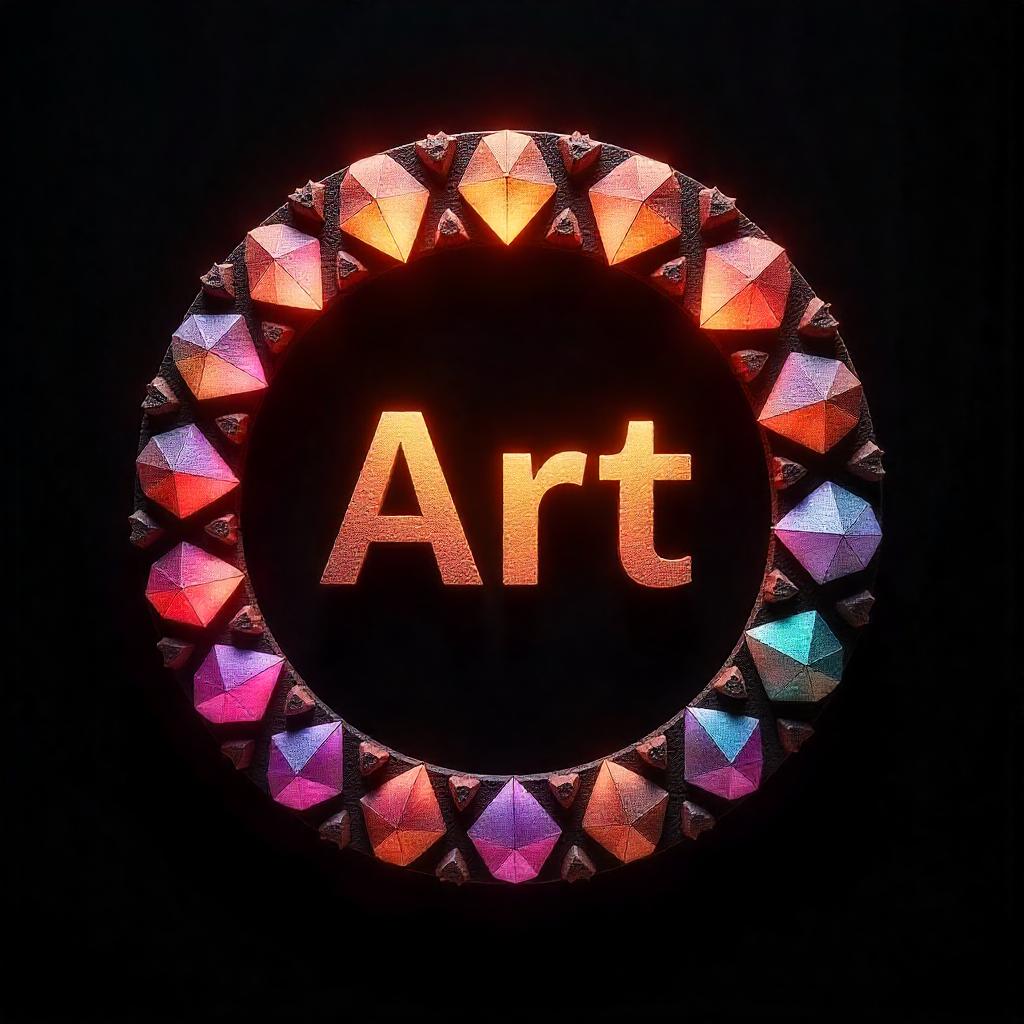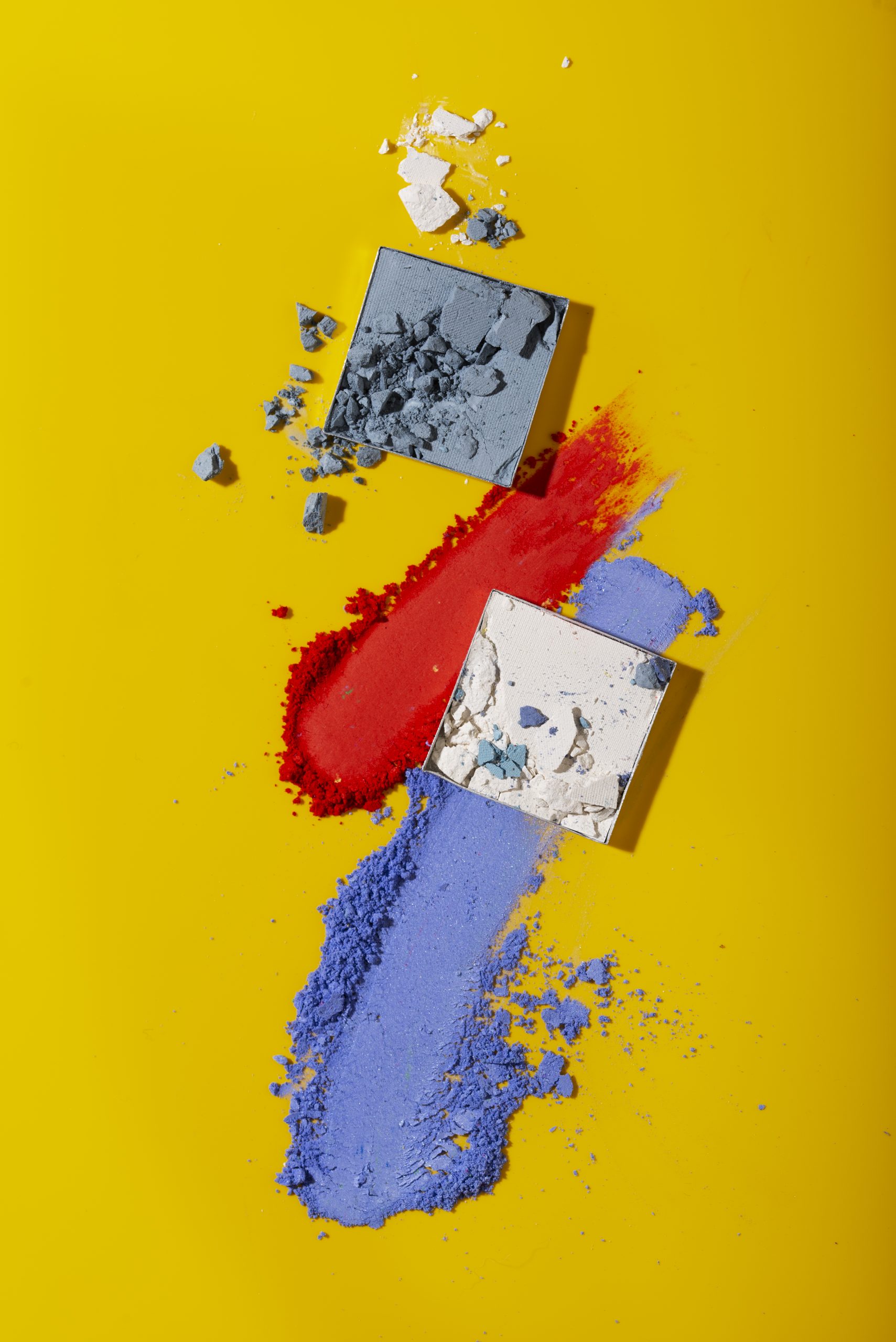Mastering Abstract Expressionism: Techniques for Bold Creativity
Abstract expressionism is a powerful art form that emphasizes emotion, movement, and the artist’s unique perspective. It’s less about depicting reality and more about conveying feelings through bold techniques, vibrant colors, and dynamic compositions. Here’s a guide to mastering this captivating art style.
What Is Abstract Expressionism?
Abstract expressionism emerged in the 1940s and 1950s, characterized by spontaneity and an emphasis on the artist’s emotional state. Prominent figures like Jackson Pollock and Mark Rothko revolutionized the art world with their innovative approaches.
Key Features
- Focus on Emotion: Art as a reflection of the inner self.
- Dynamic Techniques: Use of movement and unconventional tools.
- Bold Colors: Vibrant, contrasting hues create impact.
Techniques for Bold Creativity
1. Embrace Spontaneity
Abstract expressionism thrives on unplanned, instinctual movements.
- Action Painting: Experiment with dripping, splattering, or throwing paint onto the canvas.
- Tip: Don’t overthink—let your emotions guide your brushstrokes.
2. Experiment with Tools
Go beyond traditional brushes to explore different textures and effects.
- Palette Knives: Create sharp edges or blend colors.
- Household Items: Use sponges, combs, or even your hands for unique textures.
- Pro Tip: Layer multiple tools for depth and variety.
3. Layering for Depth
Build layers of paint to create complexity and intrigue.
- Thin Washes: Start with diluted paint for subtle base layers.
- Bold Strokes: Add thick, energetic brushstrokes on top.
- Pro Tip: Experiment with opaque and transparent paints for dynamic layering.
4. Mastering Color Play
Colors evoke emotion, so choose your palette thoughtfully.
- Vibrant Contrasts: Pair bold, opposing colors for intensity.
- Monochromatic Tones: Explore subtlety with shades of a single hue.
- Pro Tip: Test your color combinations on a separate surface before committing to the canvas.
5. Incorporate Gestural Techniques
Your physical movement should mirror the energy of your art.
- Large Strokes: Use your whole arm for expansive gestures.
- Rhythmic Patterns: Let music or emotions influence your movements.
- Pro Tip: Work on a larger canvas to give yourself freedom of motion.
Finding Inspiration
Abstract expressionism is deeply personal, but inspiration can come from anywhere.
- Emotions: Paint what you feel, not what you see.
- Nature: Translate landscapes into abstract forms and colors.
- Music: Let rhythms and melodies guide your creative process.
Common Challenges and How to Overcome Them
1. Fear of “Mistakes”
- Solution: Abstract art is subjective—every stroke is part of the story. Embrace imperfections.
2. Overworking the Canvas
- Solution: Step back often to assess your progress. Know when to stop.
3. Finding Your Unique Style
- Solution: Experiment with different techniques and tools until you discover what feels authentic.
Tips for Showcasing Your Work
- Choose a Bold Frame: Complement the energy of your piece.
- Curate a Series: Create a collection with cohesive themes or color palettes.
- Host a Viewing: Display your work in galleries, cafes, or online platforms.
Final Thoughts
Abstract expressionism invites you to break free from constraints and create boldly. By experimenting with techniques, tools, and colors, you can channel your emotions into powerful, evocative works of art. Let go of expectations and let your creativity flow—your masterpiece awaits.



